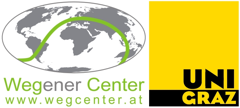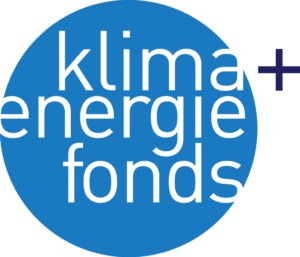EconTrans
EconTrans aims at embedding climate policy into the broader context of the emerging transformations of our economies.
Three improvements distinguish EconTrans from other concepts:
1
An operational concept for measuring wellbeing
In the context of research on long run transformation research interest is growing on how to define and measure human well-being meaningfully. In the project we will take up this research and confront our concept of functionalities with the broader discussion on well-being.
Aiming at making this concept of well-being operational, we identify key functionalities such as shelter (for residential and other use), access (to persons, goods and locations), and other life support services (including nutrition, health, education and cultural experiences). The functionality access deliberately includes in addition to physical modes of transport also information technologies. Each functionality will be represented by appropriate indicators that allow making them operational.
2
An extended list of flows and stocks of resources for forward looking analyses, acknowledging their interaction
Each functionality consists of specific services, e.g. shelter includes the thermal services of a building. Each service builds on the interaction of flows and stocks of resources. In the case of thermal services for buildings, the relevant flows are amounts of energy and the relevant stock is the structure of the building with its thermal characteristics.
In order to capture functionalities in a comprehensive way the list of resources is extended by integrating not only human resources (of different qualifications) and reproducible resources (produced goods and services), but also natural resources. Within natural resources we distinguish (i) material resources, (ii) energy by type and (iii) other natural resources (air, land and water used as emission sink, source of amenities or as material input in production processes) The relevance of this extended list of resources has so far become visible in descriptive analyses of the status quo. EconTrans aims to go beyond this and will develop for this purpose an integrated modelling approach.
The interaction between flows and stocks of resources and the integrated handling of stocks and flows characterizes another important aspect of EconTrans. This can be exemplified for buildings: a better quality and higher quantity of the stocks (such as buildings) changes the flows of resources (as energy) and thereby improves the resource productivity in providing the required functionalities. On the one hand, EconTrans considers the formation of these stocks via investment and the impacts on resource flows. On the other hand, it demonstrates this interaction of stocks and flows by taking into account the time dimension of investment strategies and the durability of the stocks.
The extended list of resources and the interaction between stocks and flows are the basis for the development of the basic modelling framework for the forward-looking analyses, which resembles a conventional input-output specification. The focus on the use of the extended list of resources for providing functionalities, demonstrates that the quantity of flows depends on the quantity and quality of the stocks. Additional restrictions can be imposed on this core modelling framework, in particular those captured by the market mechanisms and aggregate resource constraints of general equilibrium models. This comprehensive modelling framework exhibits a vastly improved structural representation of the complex interactions between the functionalities relevant for well-being and the related use of all kinds of resources, in particular those that matter for achieving climate targets and SDGs
3
A deepened understanding of targeted transformations in a globally consistent emissions context
The deepened understanding of economic structures facilitates analysing the impact of behavioural and technological changes that result in different resource use. A range of transformation paths can be designed that are triggered by aspired functionalities for well-being, and the emergence of disruptive technologies. In addition, these transformation paths provide information about resulting cumulative GHG emissions, which may be evaluated against the allowed emissions budget.
EconTrans will draw these emissions constraints from the fact that any economic transformation will have to take place in the context of internationally agreed efforts to mitigate global warming, keeping the increase in global average temperature well below 2°C above pre-industrial levels in accordance with the Paris Agreement. EconTrans delineates the constraints of both global and (consistently embedded) national budgets of allowed GHG emissions for the period until 2050.
The national emission paths compatible with the target of the Paris Agreement also inform about the investments needed to establish and support economic structures capable of realizing this path. Finally, the deepened understanding of transition options offers strategies for targeted transformations towards decarbonisation.




